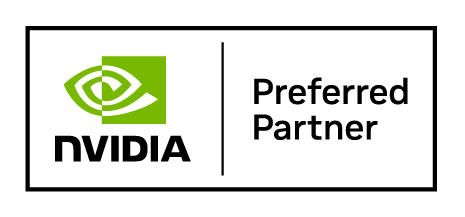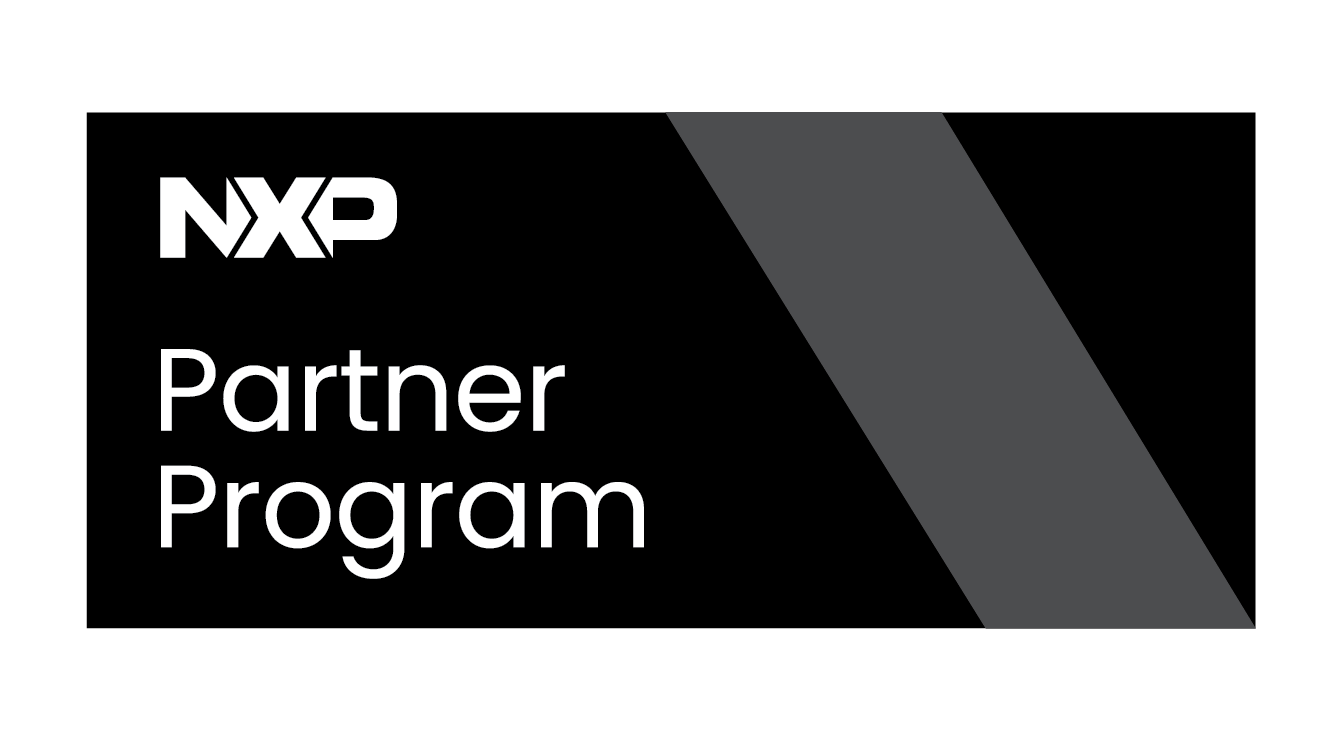RidgeRun Linux Camera Drivers - Client Requirements
Documentation Required
- In order to complete the driver, RidgeRun needs access to the documentation that describes how to configure the sensor or receiver; this happens normally through I2C or SPI registers unless your driver is a V4L2 driver for an FPGA. For this reason, RidgeRun has an NDA with:
- Omnivision
- Maxim
- Sony
- Framos
- Aptina
- Toshiba
- RidgeRun requires access to sensor documentation, including datasheets, user guides, and any other relevant materials. In cases where the vendor RidgeRun has an NDA, we can't help; the client should provide this information to ensure proper support.
- Although it is not mandatory, it is useful to provide the schematics for your board to understand better how the video receivers are connected; details like the I2C bus, MIPI CSI2 port, parallel port, clock signal, etc., help RidgeRun engineers to create your driver faster and, in some cases, to detect hardware issues.
Hardware
- RidgeRun needs remote or physical access to the hardware to create and test the driver. RidgeRun assumes that there are no hardware issues that would delay the development process (and increase costs). In case of problems with your hardware, RidgeRun will bill up to 20 hours of engineer's services for the time needed to inform you of what is wrong.
- Once we are done with the driver, the hardware is shipped back to the customer, if requested, at the customer's expense.
Time frame
- Creating a basic V4L2 driver from scratch requires between 3 to 4 weeks. During this period partial deliveries are provided to the customers as well as progress updates. In case of situations blocking the progress (like hardware issues), these are communicated to the customer as well.





